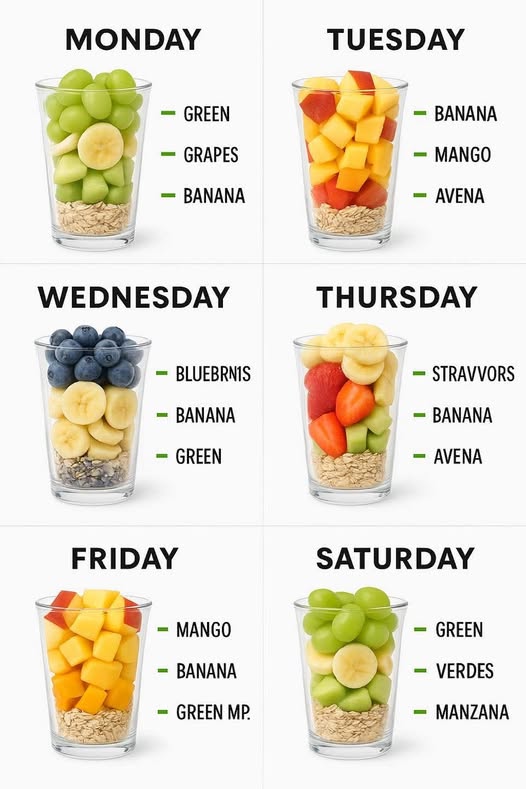Introduction:

Are high uric acid levels sabotaging your health? You’re not alone. Millions suffer silently from elevated uric acid, which often leads to painful gout flare-ups, kidney stones, and even chronic joint inflammation. The good news? You can take control naturally—starting with what’s on your plate.
This article dives deep into the top 10 scientifically supported foods that help reduce uric acid levels—fast. These nutrient-dense, anti-inflammatory, and alkalizing powerhouses can help you reclaim your health, boost energy, and keep painful flare-ups at bay. You’ll also find answers to frequently asked questions, quick tips, and powerful strategies to support your journey to balanced uric acid levels—without relying solely on medications.
Let’s unlock the healing potential of your kitchen and get your uric acid under control naturally and effectively.
Why Uric Acid Matters: The Dangerous Truth
Uric acid is a natural waste product formed from the breakdown of purines, compounds found in many foods and drinks. Normally, it’s filtered by the kidneys and expelled in urine. But when too much builds up, or the kidneys don’t excrete it efficiently, hyperuricemia occurs—leading to:
- Gout attacks: Severe joint pain, especially in the big toe
- Kidney stones
- Joint stiffness and inflammation
- Potential links to heart disease and diabetes
A staggering 8.3 million Americans are affected by gout (CDC), and many more struggle with high uric acid without knowing it.
Diet is a critical lever you can control. Here are 10 uric-acid-lowering foods that are both delicious and medicinal.
🔟 Top 10 Foods That Slash Uric Acid Levels Naturally
1. Cherries – The Anti-Inflammatory Superfruit
Cherries—especially tart cherries—are rich in anthocyanins, powerful antioxidants that reduce inflammation and uric acid levels. A study published in Arthritis & Rheumatology showed that cherry consumption lowered the risk of gout attacks by 35% in just a few days.
✅ How to use: Enjoy 1 cup of fresh or frozen cherries daily. Tart cherry juice (unsweetened) also works well.
2. Celery & Celery Seeds – Detox Powerhouse
Celery contains phthalides and antioxidants that promote kidney function and help flush out excess uric acid. Celery seed extract, in particular, is known for reducing inflammation and supporting urinary health.
✅ How to use: Add raw celery sticks to salads or smoothies. You can also steep celery seeds in hot water for a natural detox tea.
3. Apples – Alkalizing and Fiber-Rich
Apples contain malic acid, which neutralizes uric acid. Their high fiber content also supports digestion and helps prevent uric acid buildup.
✅ How to use: One apple a day (with the peel) makes an easy and effective addition to your uric-acid-lowering routine.
4. Leafy Greens – The Ultimate Alkaline Cleanser
Spinach, kale, and Swiss chard are low in purines and high in chlorophyll, magnesium, and vitamin C—all of which assist in neutralizing and flushing uric acid.
✅ How to use: Steam or sauté lightly for better nutrient absorption. Aim for 1–2 cups daily.
5. Cucumber – Cooling & Uric-Acid Friendly
Cucumbers are hydrating and alkalizing, with a high water content that helps flush out toxins through the kidneys. They also help reduce joint inflammation.
✅ How to use: Add to salads, smoothies, or infuse in water with lemon and mint for a refreshing uric-acid-fighting drink.
6. Lemon Water – Alkalizing with a Kick
Despite being acidic in taste, lemons have an alkaline effect on the body. Lemon juice boosts liver and kidney function, promoting the breakdown and excretion of uric acid.
✅ How to use: Squeeze half a lemon into warm water and drink first thing in the morning.
7. Berries – Rich in Vitamin C & Antioxidants
Blueberries, strawberries, and raspberries are loaded with vitamin C, which can help dissolve uric acid crystals and prevent buildup.
✅ How to use: Add ½ cup to your breakfast or blend into a smoothie.
8. Olive Oil – A Healthy Fat That Heals
Unlike refined oils, cold-pressed extra virgin olive oil contains anti-inflammatory compounds that aid in reducing uric acid and joint pain.
✅ How to use: Replace butter or processed oils with EVOO for cooking or salad dressings.
9. Quinoa – The Perfect Protein Substitute
Quinoa is a low-purine grain rich in protein, fiber, and magnesium. It helps balance blood sugar, lower inflammation, and provides sustained energy without triggering uric acid spikes.
✅ How to use: Use as a base for salads, bowls, or instead of rice or pasta.
10. Water – The Ultimate Uric Acid Flusher
While not a food, hydration is essential. Water dilutes uric acid in the blood and helps the kidneys eliminate it more efficiently.
✅ How to use: Aim for 2.5–3 liters a day. Add lemon, cucumber, or mint for extra detox power.
💡 Frequently Asked Questions (FAQs)
1. What foods should I avoid to lower uric acid?
Avoid:
- Red meat
- Organ meats (liver, kidney)
- Seafood (anchovies, sardines)
- Alcohol, especially beer
- Sugary beverages and high-fructose corn syrup
These are high in purines and spike uric acid levels rapidly.
2. Can I reverse high uric acid naturally?
Yes. Through:
- Dietary changes
- Hydration
- Weight management
- Stress reduction
- Regular exercise
You can significantly lower uric acid levels and reduce or eliminate gout symptoms naturally.
3. How quickly can food impact uric acid?
For some, the effects are noticeable in just 3–7 days, especially when combining the right foods, hydration, and avoiding uric acid triggers.
4. Is coffee good or bad for uric acid?
Surprisingly, coffee (in moderation) may reduce the risk of gout. It contains compounds that lower uric acid production. However, avoid sugary or high-calorie versions.
5. Do supplements help lower uric acid?
Certain supplements like vitamin C, turmeric, bromelain, and cherry extract have shown promise in supporting uric acid reduction. But always consult your doctor before starting any supplement.
📈 Bonus: Quick Uric Acid-Lowering Meal Plan
Breakfast: Oatmeal with blueberries + lemon water
Lunch: Quinoa salad with leafy greens, olive oil, and cucumbers
Snack: Apple or tart cherry juice
Dinner: Steamed vegetables with a grilled lean protein (e.g., tofu or chicken)
Hydration: 10+ glasses of water infused with lemon or cucumber
Conclusion: Take Back Control—Naturally and Powerfully
You don’t have to live in fear of the next gout flare-up or silently suffer from the side effects of high uric acid. By integrating these 10 powerful foods into your daily life, you’re not just managing a condition—you’re reclaiming your vitality, mobility, and peace of mind.
The solution is simple, actionable, and entirely in your control. So why wait?
👉 Start today. Fill your plate with healing. Sip smarter. And say goodbye to uric acid pain—naturally.


